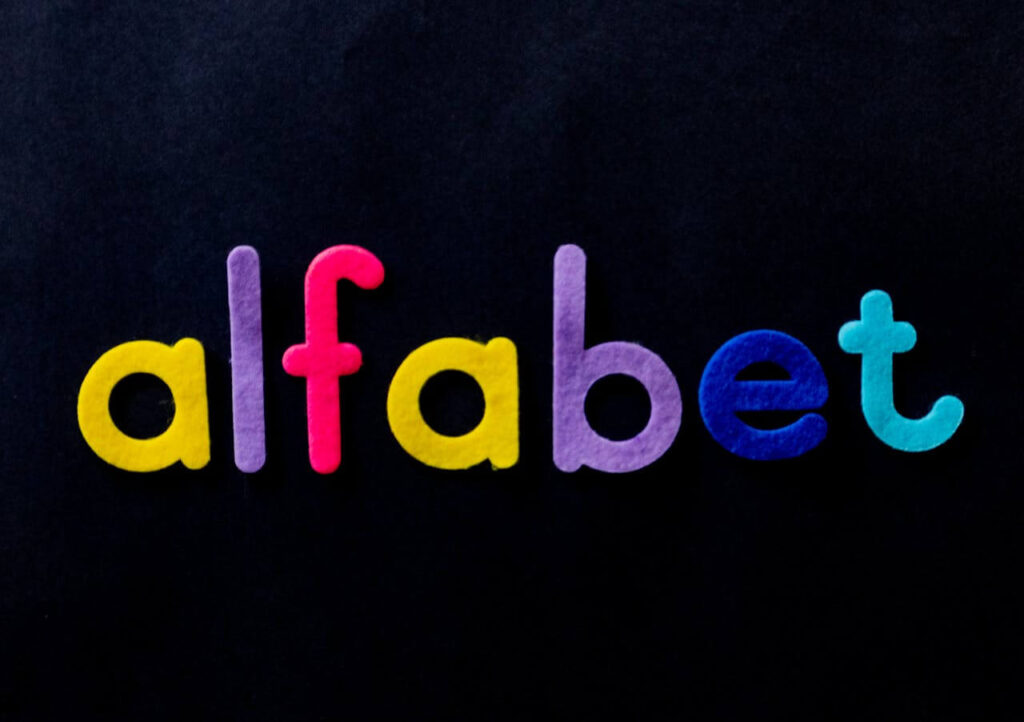Unlock the Power of Typography: Design Essentials Revealed

Effective design is not just about aesthetics; it’s about communication. Typography plays a crucial role in this process, as it conveys your message and captures your audience’s attention. By choosing the right typeface, you can elevate your work and create a lasting impression. Understanding the essentials of typography design is key to transforming your designs. It’s not just about selecting a font; it’s about creating a visual language that resonates with your audience. By mastering typography, you can take your designs to the next level. Key Takeaways The Fundamental Elements of Typography Typography is the backbone of design, and understanding its fundamental elements is crucial for any designer. To create effective designs, you need to know the basics of typography. Understanding Typefaces vs. Fonts A typeface refers to the overall design of the letters, numbers, and symbols, while a font is a specific style within that typeface. For example, Helvetica is a typeface, and Helvetica Bold is a font. Understanding this distinction is vital for making informed design decisions. Anatomy of Letters: Key Terms to Know To work effectively with typography, you need to understand the anatomy of letters. Key terms include x-height, ascender, and descender. The x-height refers to the height of the lowercase letters, while ascenders are the parts of letters that extend above the x-height, and descenders are the parts that extend below the baseline. The Role of Typography in Design Communication Typography plays a crucial role in design communication, conveying meaning, creating mood, and guiding the reader’s eye. By choosing the right font styles and understanding how to use them effectively, you can enhance your design and communicate your message more effectively. Typography Classification: Understanding Font Families Effective design relies heavily on the appropriate selection of font families. Understanding the different classifications of typography is essential for creating visually appealing and effective designs. You need to be familiar with the characteristics and best uses of various font styles to make informed decisions. Serif Fonts: Characteristics and Best Uses Serif fonts are characterized by small lines or flourishes at the ends of letters. They are often associated with traditional and classic designs. Serif fonts are ideal for body text in print materials, such as books and newspapers, as they enhance readability. Sans-Serif Fonts: Modern Simplicity Sansserif fonts lack the small lines or flourishes found in serif fonts, giving them a clean and modern appearance. They are highly versatile and suitable for digital media, including websites and mobile applications. Sans-serif fonts are perfect for headings and titles due to their clarity and simplicity. Display, Script, and Decorative Fonts Display fonts are designed to grab attention and are often used in headings. Script fonts mimic handwriting and add a touch of elegance. Decorative fonts are highly stylized and used to add personality to designs. These fonts are best used sparingly to avoid overwhelming the reader. Monospace and Variable Fonts Monospace fonts have characters that occupy the same width, making them useful for coding and tabular data. Variable fonts offer a range of styles within a single font file, providing flexibility and reducing file size. These fonts are ideal for responsive design, allowing for smooth transitions between different font weights and styles. Font Type Characteristics Best Uses […]
Top 10 Website Design Tips for Beginners to Get Started Right

Starting your website design journey can feel overwhelming. This is especially true if you are a beginner. However, with the right approach, you can create a beautiful, functional website that effectively captures your visitors’ attention and keeps them engaged. Therefore, here are the top 10 website design tips for beginners that will help you get […]